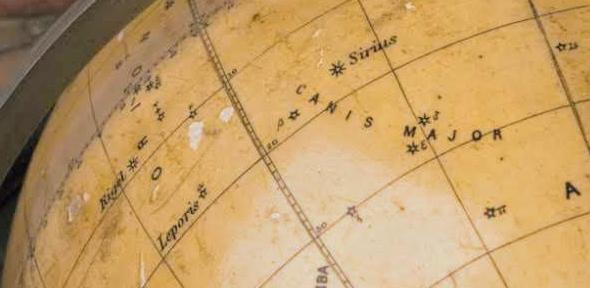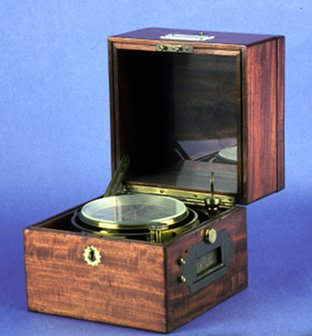Instructions for the globe suggest that it was designed to be used as a stand-alone instrument. If a navigator were using the Starfinder he would have no need for azimuth tables, which the author of the accompanying booklet considered to be "an immense advantage". Nor would a telescope be needed, since only those stars visible to the naked human eye were depicted on the globe.
Practice with the globe
All of the applications of the globe were practical, relating to observation rather than theoretical speculation on the positions of bodies that were invisible to the naked eye. If a ship's latitude were known, a navigator could find the approximate altitude and "true bearing" of any star, or conversely identify a star by its position even in cloudy weather when no other stars could be used as references. Discs were provided that could be attached to the globe to show the position of the Moon and planets on a particular day. However, discs were only provided for Venus, Mars, Jupiter and Saturn - those "of use to the ordinary observer".
The Whipple Museum's Starfinder
Most surviving examples of Starfinder globes have a brass meridian circle as well as a horizon ring that supports the globe in the box. The user would have rotated the meridian, which was set in a runner in the base of the box, in a groove in the horizon ring to set the globe for the appropriate latitude (see Image 1). However, the Starfinder held in the Whipple Museum's collection has just half a meridian circle, which sits below the horizon ring. The poles of the globe are mounted in the horizon and the sphere cannot be rotated along the meridian. It seems that someone unfamiliar with the operation of the globe might have remounted the sphere in its present meridian semicircle. The remounting, unfortunately, has made it impossible to adjust the globe for latitude and it is set constantly for use by an observer on the equator.
Katie Taylor
Katie Taylor, 'Identifying stars at sea', Explore Whipple Collections, Whipple Museum of the History of Science, University of Cambridge, 2009.




